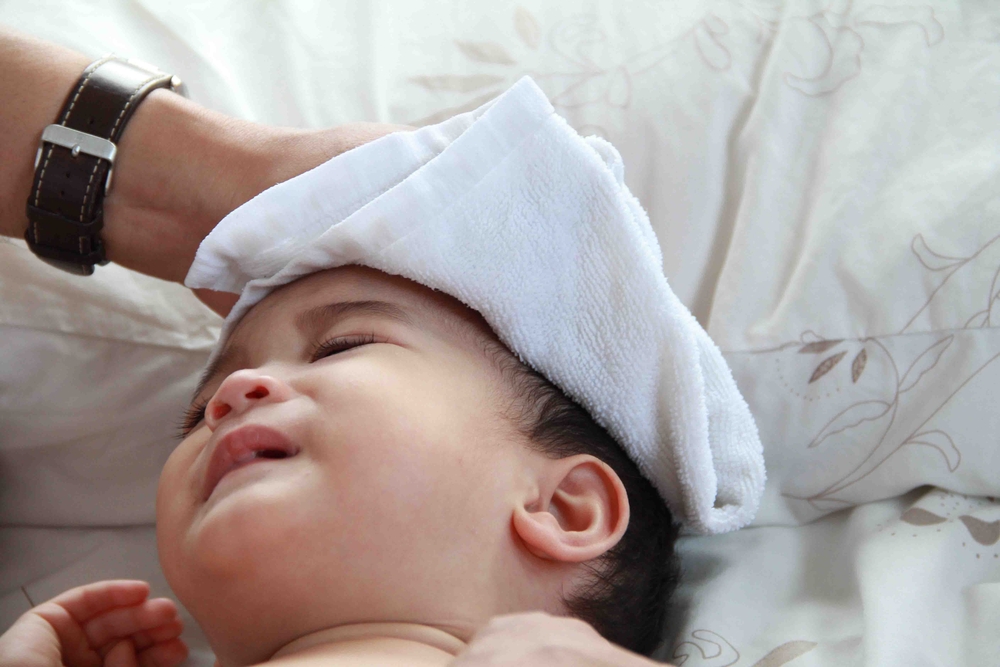Contents:
- Medical Video: C-section (Cesarean Delivery)
- Why are short-bodied pregnant women usually advised to have a caesarean section?
- How to diagnose CPD?
- What about the next pregnancy?
Medical Video: C-section (Cesarean Delivery)
Caesarean section is an operation performed when a mother cannot give birth normally through the vagina. Cesarean section is an alternative and a choice of actions that can prevent death and disability in infants and mothers. However, according to the WHO, even though caesarean section is an effective action to save the lives of babies and mothers, it is only possible to do so if there are medical indications that support a caesarean section.
Like surgery or other medical actions, caesarean section is also associated with many risks that can occur, namely long-term risks and short-term risks that can affect the health of the baby and mother into the future. If you have a caesarean section, then the recovery time is longer after having a cesarean section compared to having a normal birth process. After a caesarean section, complications that commonly occur in mothers are:
- Infection
- A large amount of blood loss
- Freezing of blood vessels in the legs
- Nausea, vomiting and headaches
- Constipation
- Injuries to other organs such as the bladder that can occur during a caesarean section take place
- About 2 out of 100,000 mothers undergoing caesarean section die
Whereas in infants, caesarean section also results in various things, such as:
- Having an injury when the operation takes place
- Having problems with the respiratory system and lungs
- Special care is needed in the neonatal intensive unit
Why are short-bodied pregnant women usually advised to have a caesarean section?
Many studies suggest that maternal height can predict future pregnancy conditions. Various studies prove that if the height can determine the size of a person's pelvis, the shorter a person is, the smaller the size of his pelvis. Pelvic size is an important factor that influences the success of a normal delivery.
When giving birth normally, the pelvis will immediately expand, to create more room for the baby to get through the pelvis. Whereas in mothers with a narrow pelvic size, it is likely that the fetus's head cannot pass through the pelvic cavity. Therefore a caesarean section is needed, this is called Cephalopelvic disproportion (CPD).
Research conducted in various countries, found that maternal height with 150-153 cm in Ghana, <155 cm in Burkina, <156 cm in Denmark, equal to 150 cm in Kenya, <146 cm in Tanzania, <140 cm in India, equal to 157 cm in America, is a mother who has an average caesarean section caused by CPD.
The size of the pelvis is related to height. As many as 34% of women who have short bodies (152.5 cm), 7% have a flat and narrow pelvis compared to tall women (176 cm). Research carried out in Scotland, reported that caesarean section was performed more by women who had a height of less than 160 cm, while women who were taller were more likely to deliver normally. The same was found in studies in Australia, namely women less than 152 cm, had the possibility to have a caesarean section two times greater than women who were tall. Even when the woman is less than 145 cm tall, it is almost 100% certain that she will have a caesarean section at delivery.
How to diagnose CPD?
The diagnosis of CPD can be done by doing a medical examination, because CPD is actually difficult to diagnose at the beginning of pregnancy or before labor takes place. An ultrasound can be done to estimate the size of the fetus, but it cannot determine the fetus's weight. Physical examinations that measure the size of the pelvis can often be the most accurate method for diagnosing CPD.
What about the next pregnancy?
Cephalopelvic disproportion is a fairly rare event. According to the American College of Nurse Midwives (ACNM), CPD occurs in 1 in 250 pregnancies. Don't worry too if you have been diagnosed with CPD and then have a caesarean section, because you can still do the next birth normally. According to a study published by the American Journal of Public Health, more than 65% of women who have been diagnosed with CPD in a previous pregnancy are able to give birth normally in the next pregnancy.
READ ALSO:
- What Happens to Mothers After Caesarean Section?
- Could It Be Normal Childbirth If You Have Caesarean Surgery?
- Strengths and Disadvantages of Normal Childbirth vs. Caesarean Section












